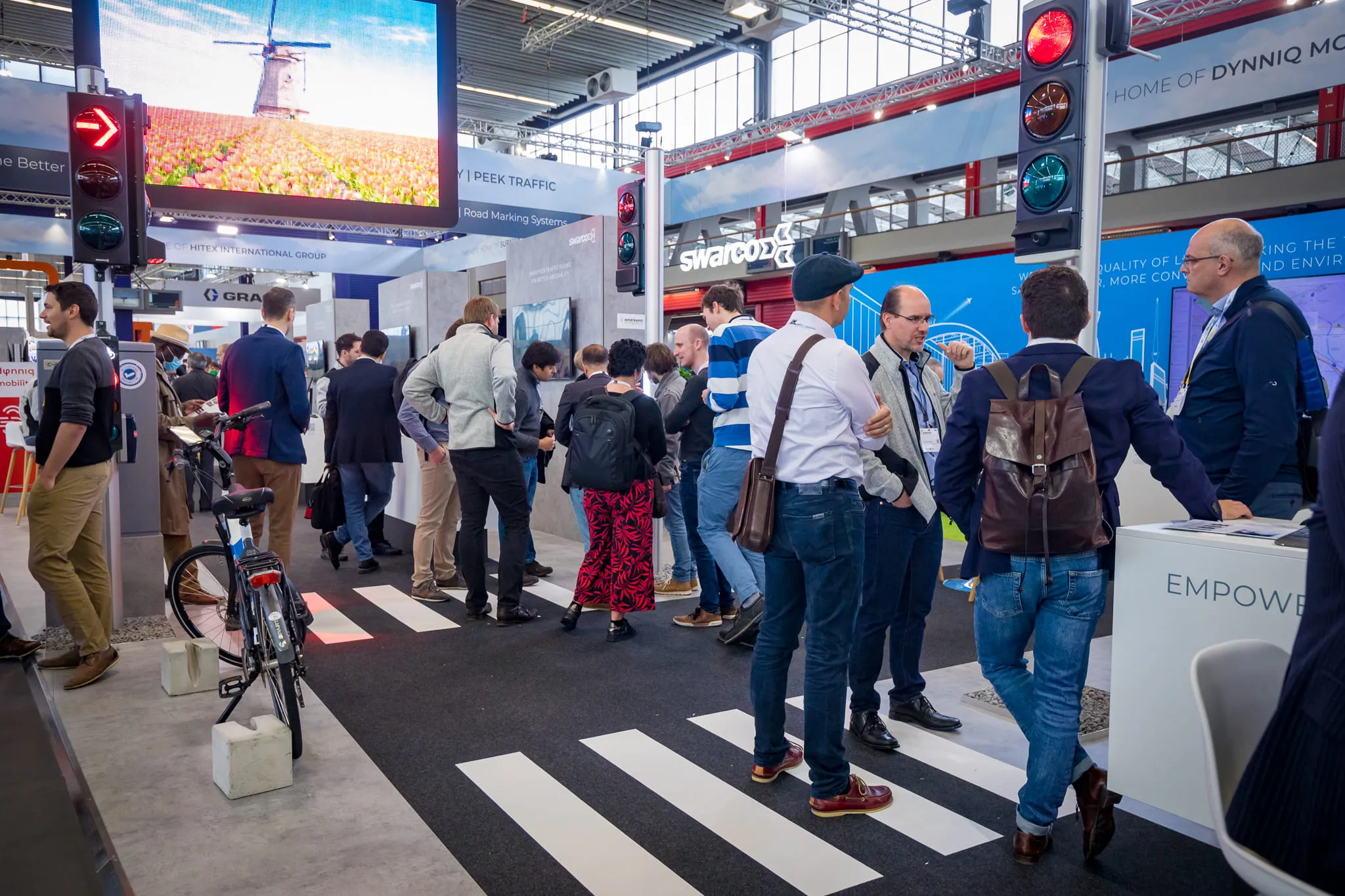
Transport Infrastructure Ireland (TII) has launched a cooperative ITS (C-ITS) pilot and is looking for 1,500 volunteers to take part.
It is part of a €10m investment to roll out C-ITS technology - which allows vehicles to 'talk' to other connected vehicles, roadside infrastructure and traffic management control centres - on Irish roads.
At present, variable message signs are the primary means for communicating incident alerts to drivers, but in the pilot - which runs to the end of 2024 - TII will use use C-ITS technologies to send safety alerts in real time directly to drivers in their vehicles via smartphone apps.
Some of the alerts will come via tablets connected to local C-ITS roadside units installed on motorways - and will also identify electric vehicle (EV) charging points nearby.
Half of the funding is provided by the European Union and half by the state; the pilot will take place on the M50, M1, M7, M8 and on roads in and around Dublin.
It is part of the C-Roads Platform, also co-funded by the EU, which brings 18 EU member states and road operators together to harmonise the standards for implementation and deployment of C-ITS on European roads.
"The value of this technology is that it empowers motorists to make real-time decisions so they can better plan their journey to avoid things like road collisions, broken down vehicles causing obstruction or congestion and ultimately improve road safety for all road users," says Jack Chambers, minister of state with special responsibility for road safety.
"Participants will be among the first in Ireland to experience this new driving technology and contribute to connected vehicle development and implementation."
Peter Walsh, chief executive of TII said: “This EU pilot programme is a significant research opportunity in learning how the use of ITS will assist both the road user and road operator to improve overall road safety. The public involvement with this research programme will assist greatly in creating a safer road user environment for the future.”
Potential volunteers can apply here - and for a lighter look at the technology, step into the C-ITS Cafe below...









